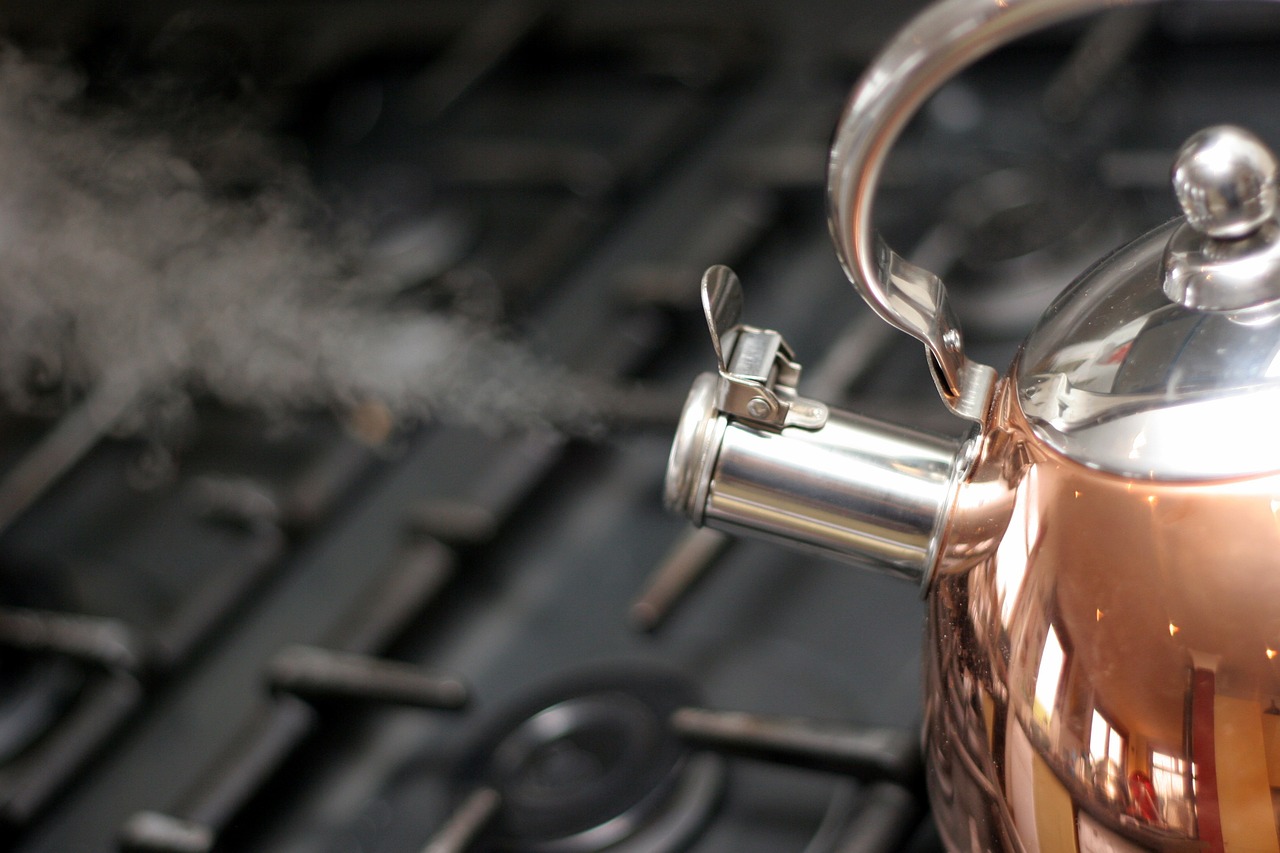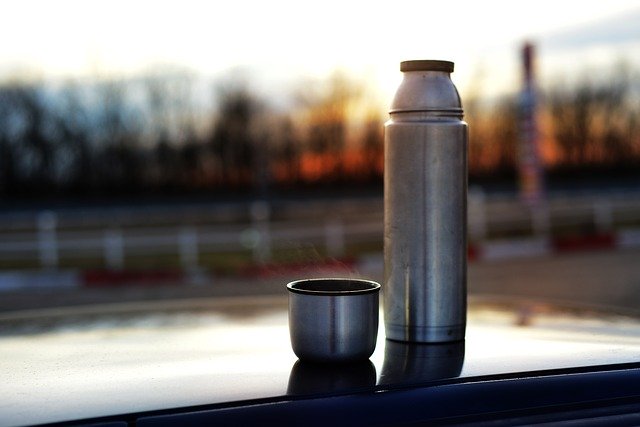Why does hot water retain heat?
Pour a cup of boiling water, leave it in the air, and soon it will cool. But, if boiling water in a thermos bottle can maintain boiling water temperature for a long time.
The structural characteristics of the gut determine the thermos of hot water retaining heat. The inner core is formed by two thin glass shells, drawing air between the two shells and coating a thin layer of mercury on one side of the plug. The thermos flask has a smaller thermos mouth than its “body.” The top of the thermos can be closed with a soft wooden button. Thanks to such a structure that makes hot water thermos into a thermos to keep “hot intestine, cold appearance.”
When the boiling water is finished in the thermos, the thermos’ structure makes the heat of the water cannot be transmitted by normal methods. One is convective cut off heat. The heated air inside the thermos will find a way to escape, while the cold outside air will also find any gaps to get inside the thermos. But because the neck was relatively small, it was covered by a soft wooden stopper, so the only passage of thermal convection was cut off.
The other thermal conductivity is hindered. Although the air conducts less heat than metal items, the heat inside the thermos can still pass through the outer glass casing, which transmits air outside the thermos. But because the thermos has two glass shells, in the middle are drawn into a vacuum, so the air – the medium conducts heat, becomes very thin, the heat path is also blocked.

The third is radiant heat suppression. Winter, under the sun, we will feel a little warm. The heat radiation of sunlight causes it. Because the plug is coated with a thin layer of mercury, the heat’s radiation is reflected by the mercury layer and must be left inside the plug. That makes the path of heat radiation is also completely blocked.
Ideally, after the gut has cut three heat transfer methods, the hot water in the thermos can retain heat forever. But in fact, the insulation effect of hot water thermos is not so complete, so thermos’ thermo-retention always has a time limit. Beyond that limit, the thermos will no longer retain heat.




